News and Events
The state of peacebuilding: African perspectives
The Cape Town-based Institute for Justice and Reconciliation (IJR) hosted a panel discussion on the state of peacebuilding in Africa on 30 January 2025. The panelists were professors Cheryl Hendricks and Tim Murithi from the IJR, Dr Faith Mabera from Wits University and Prof Anthoni van Nieuwkerk from the Thabo Mbeki African School at Unisa.
Themes
Rethink the peacebuilding toolbox
Considering global turmoil marked by increasing violent conflict, including the perceived disruptive impact of the Trump Administration, it is imperative to rethink approaches to peace. Peacebuilding is the attempt to create conditions for a self-sustaining peace to prevent a return to armed conflict, to address the root causes of violence, and to involve multiple stakeholders and processes. Evidence is mounting that current approaches to and attempts at peacebuilding fail to achieve desired outcomes. The international appetite for peacebuilding is waning, replaced by the rise of authoritarian conflict management modes. What and who can replace the liberal peacebuilding model?
Prioritise healing
Transitional and restorative justice is a key component of peacebuilding. Post-apartheid South Africa is regarded by many as a role model in recognising and addressing systemic injustices of the past. However, healing is not a once-off event but a process across generations. The African Union has prioritised reparations as a part of transitional justice for 2025, and efforts are underway to build coalitions of Africans at home and in the Diaspora to give effect to the call for reparations.
Heed the lessons by peace-building practitioners
In the last few years, the Southern African Development Community (SADC) has undertaken stabilisation missions in Mozambique (SAMIM) and the Democratic Republic of the Congo (SAMIDRC). A key lesson emanating from these experiences is the need for the region to adopt a holistic and integrated understanding and implementation of the concept of peacebuilding. The region and its partners must invest much more in peacebuilding. Strategic entry points for strengthening the SADC peacebuilding architecture and its decision-making culture include the need for more robust infrastructures for peace, recognition of the role of domestic non-state actors, including civil society organisations and academia, enhanced mediation and preventive diplomacy tools, improved methods of undertaking peace support operations, better coordination of humanitarian assistance for victims of conflict and natural disasters, the operationalisation of the SADC regional network of women mediators, and the inclusion of youth in peace-building processes, including attempts at preventing and countering violent extremism.
Anthoni van Nieuwkerk, Professor in International and Diplomacy Studies, TM-School
Publish date: 2025/02/27
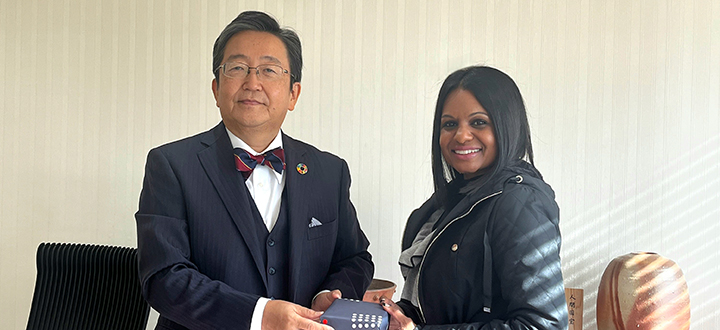
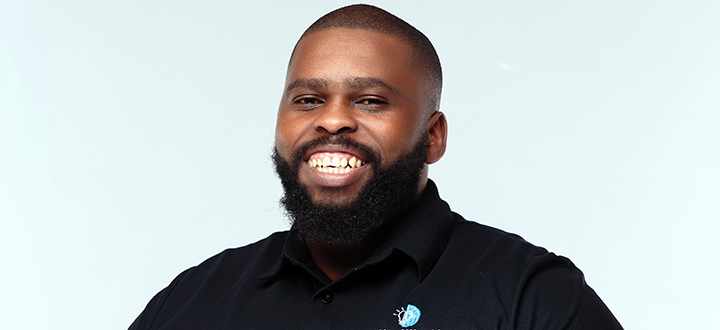 From unemployed graduate to business founder
From unemployed graduate to business founder
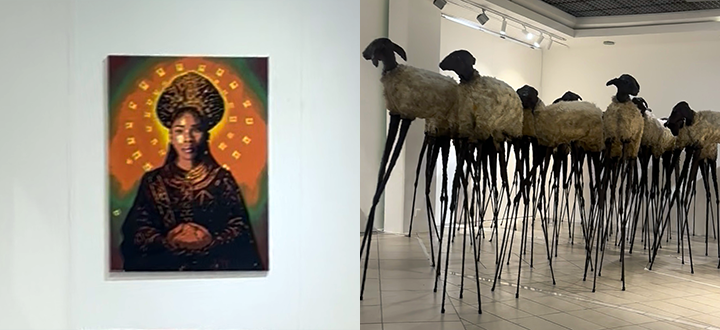 Multidisciplinary showcase set to celebrate the creative achievements of Unisa art students
Multidisciplinary showcase set to celebrate the creative achievements of Unisa art students
 Cheers! Unisa toasts its award-winning student brewers
Cheers! Unisa toasts its award-winning student brewers
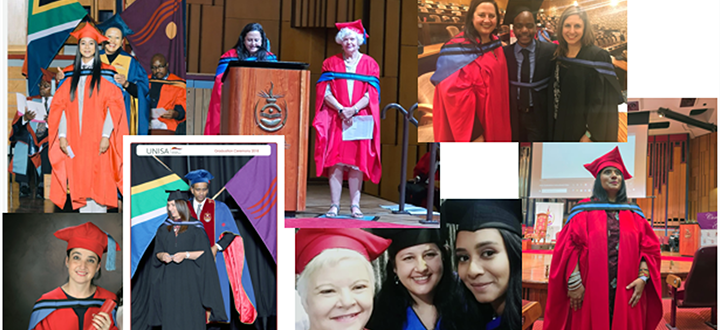 Building a community of strategy-as-practice researchers
Building a community of strategy-as-practice researchers
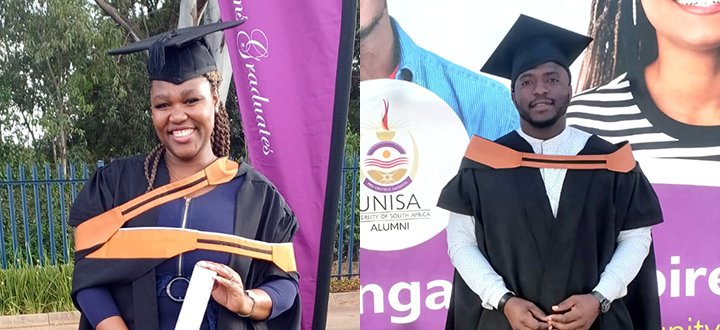 Matrimonial magnificence as husband and wife graduate at Unisa
Matrimonial magnificence as husband and wife graduate at Unisa